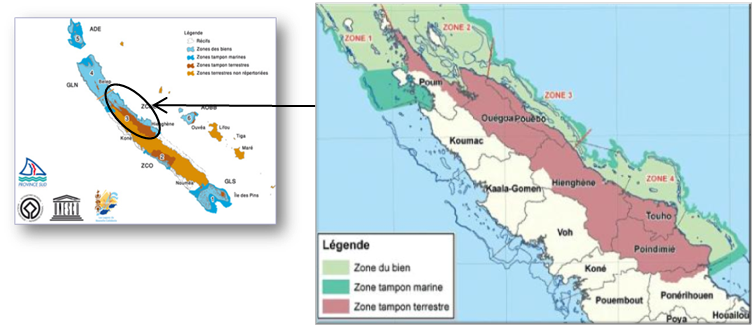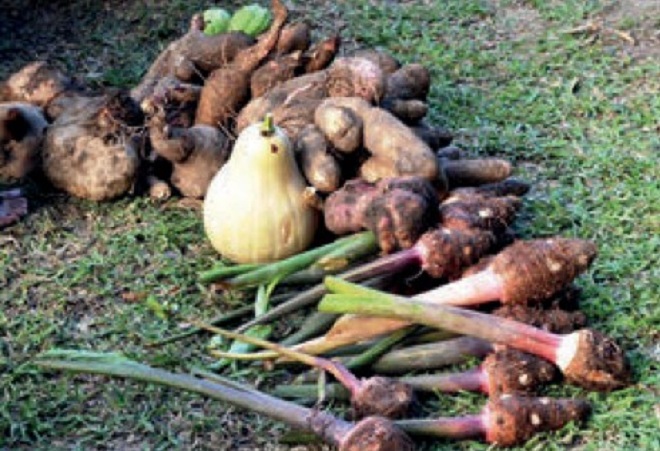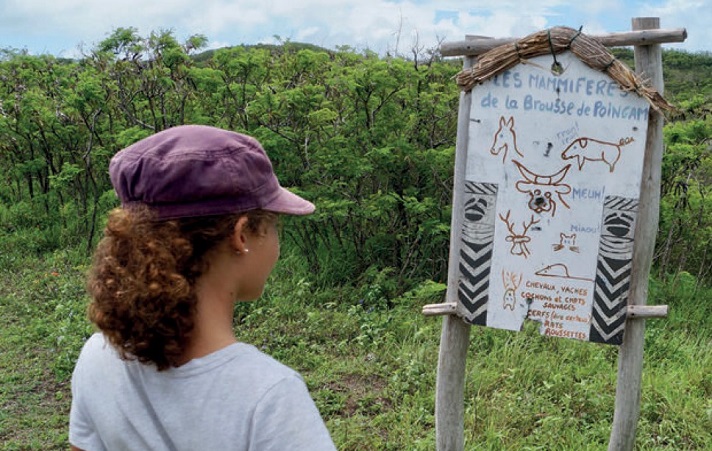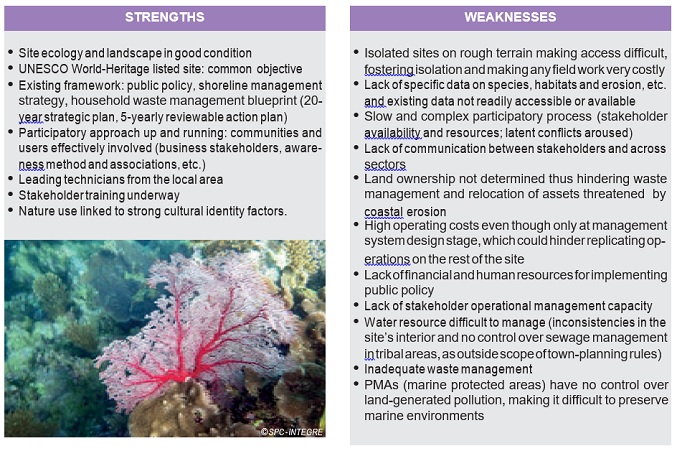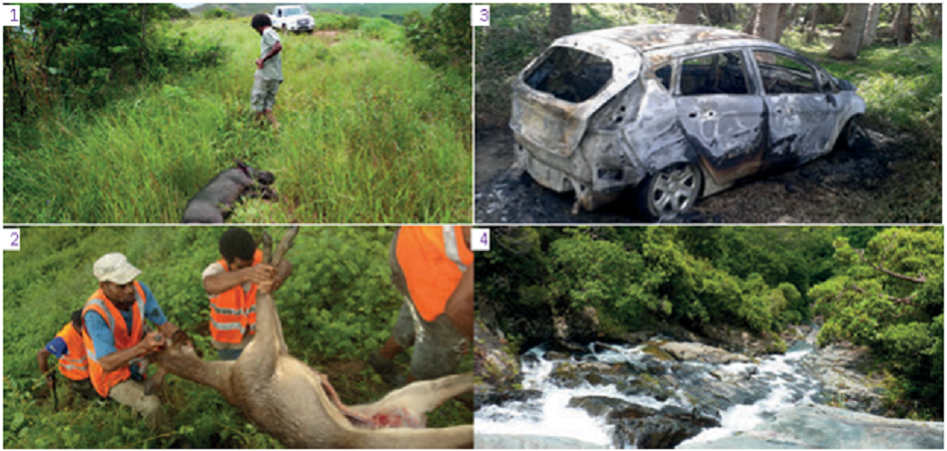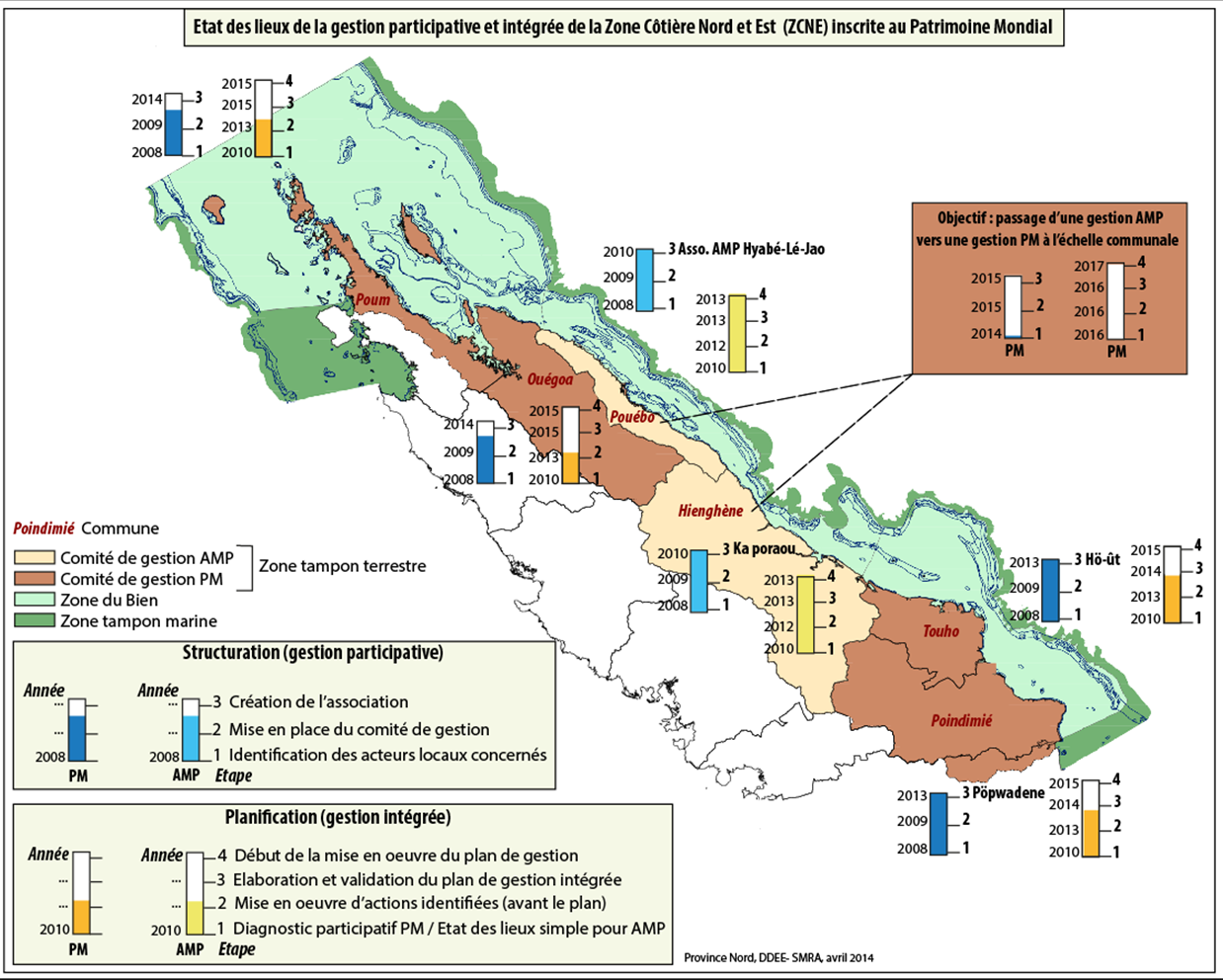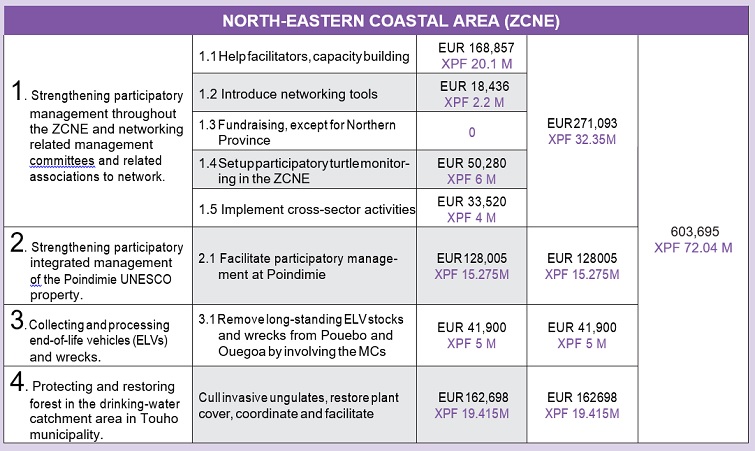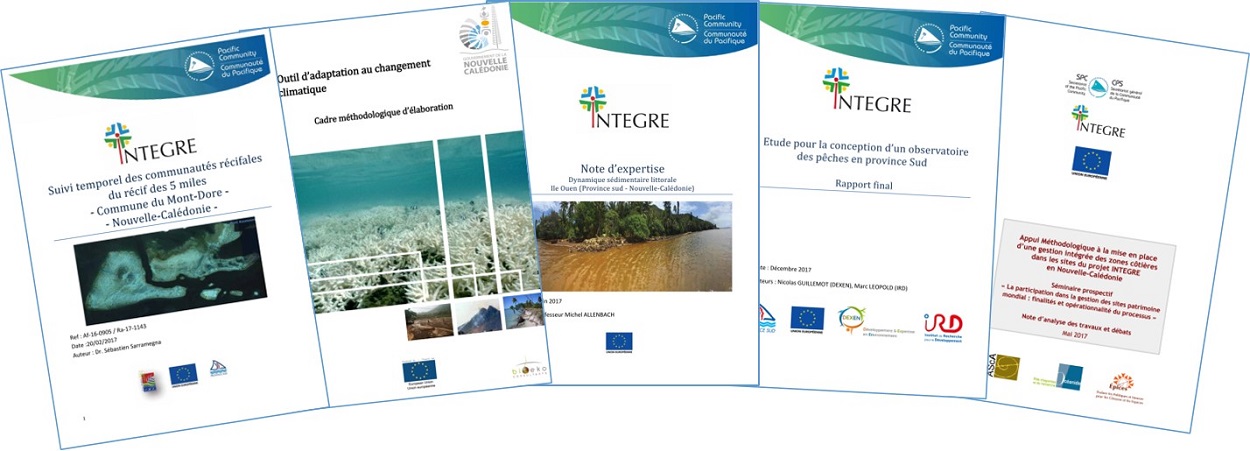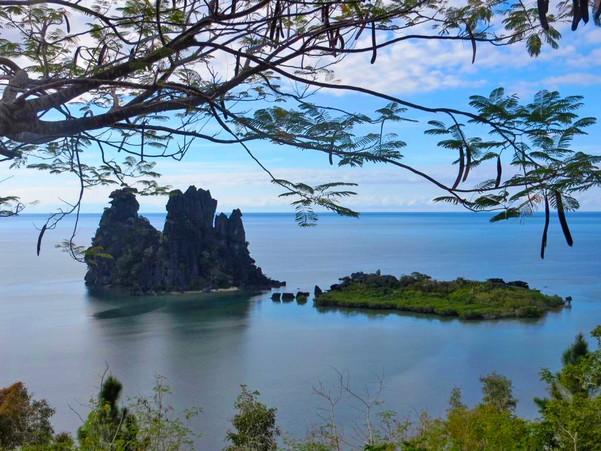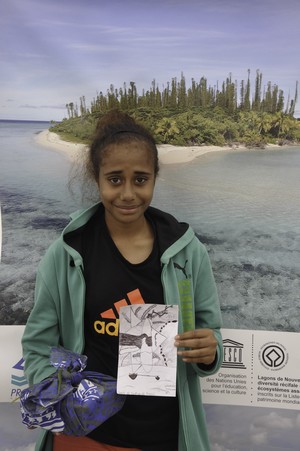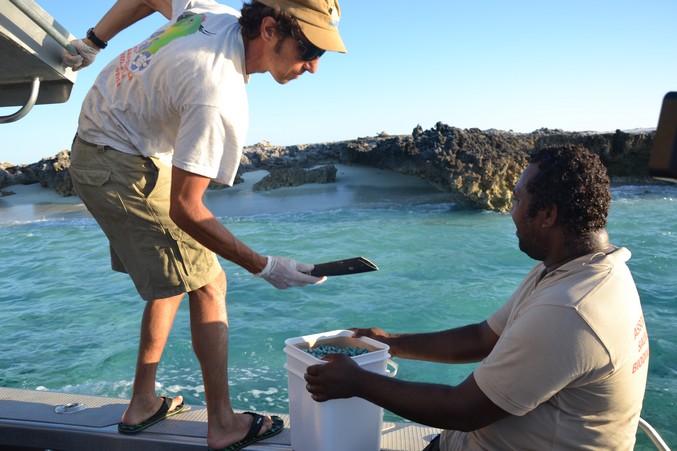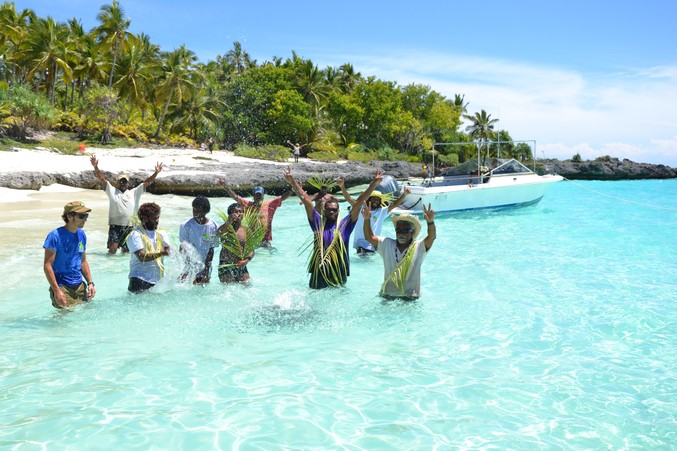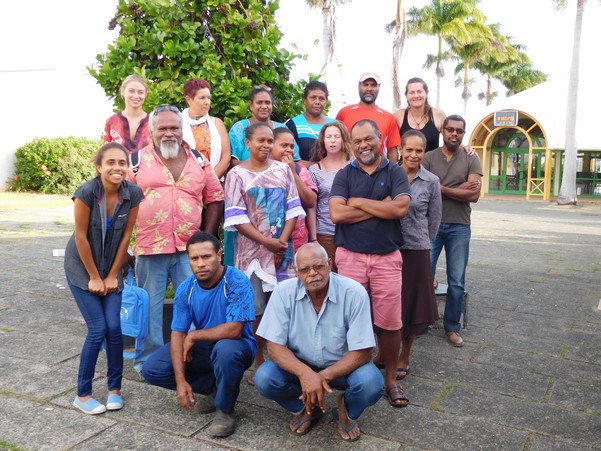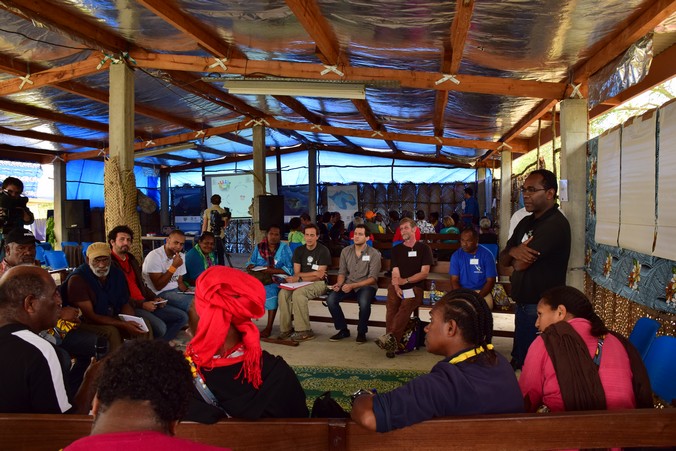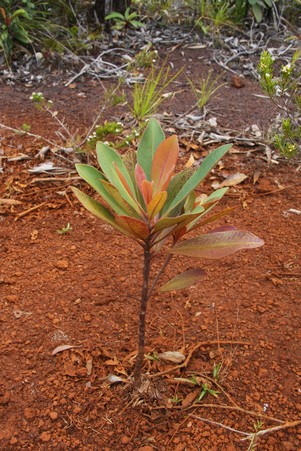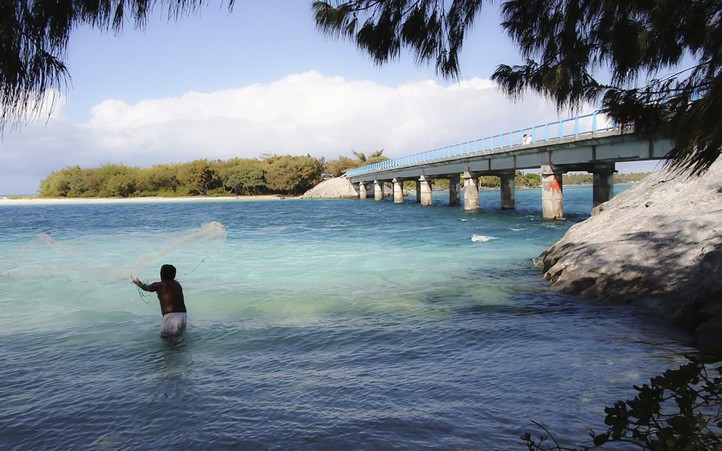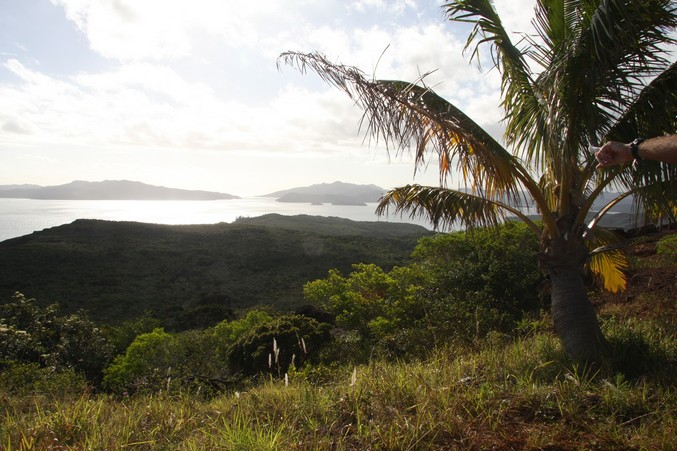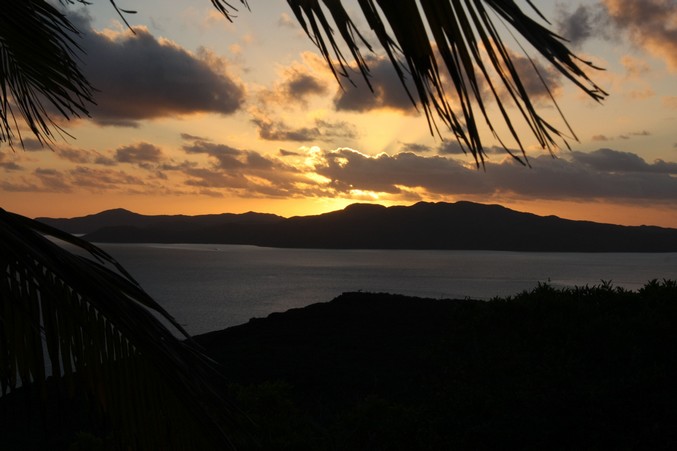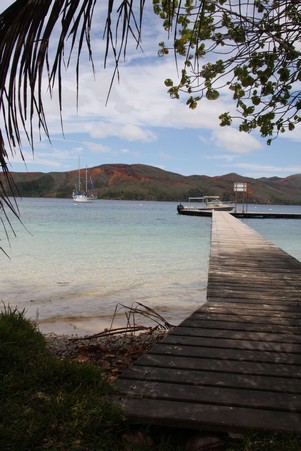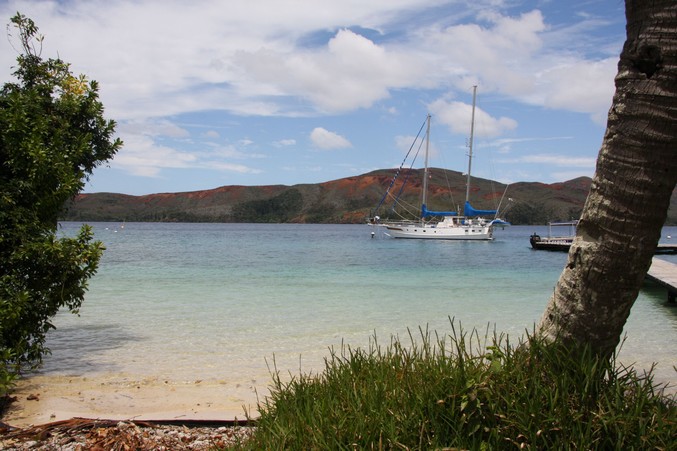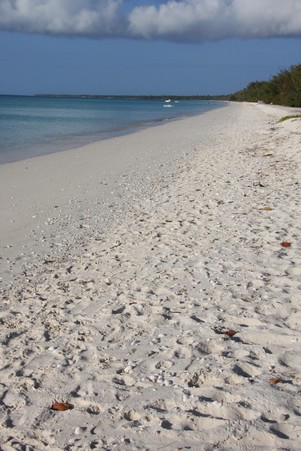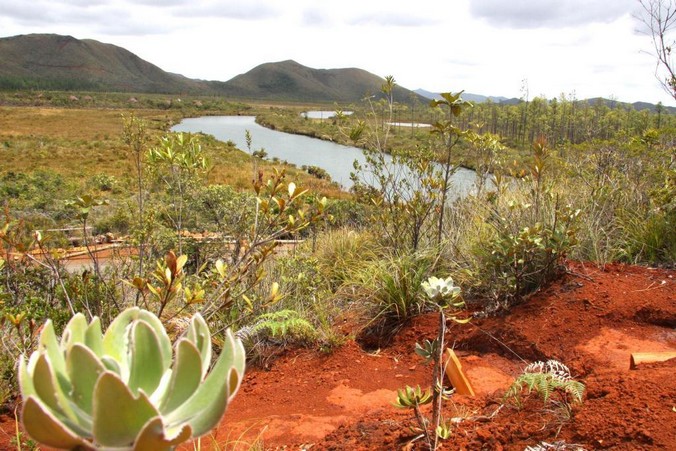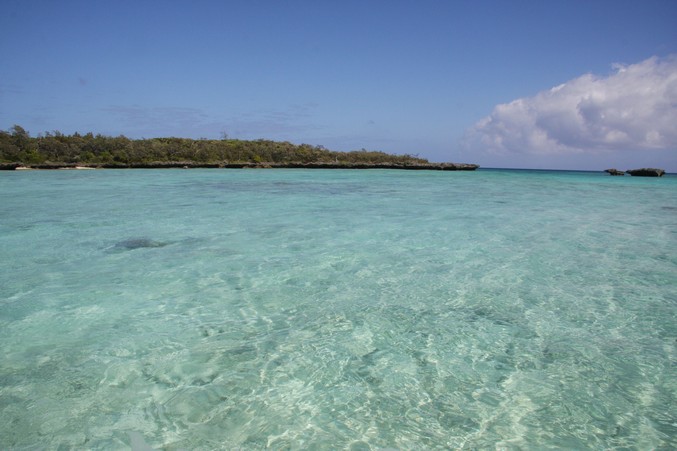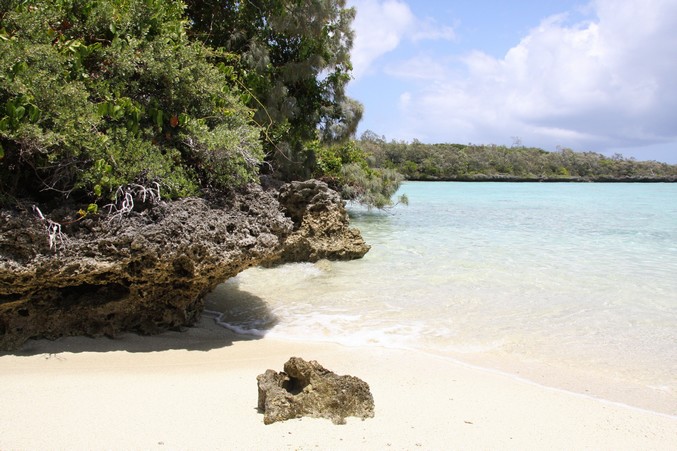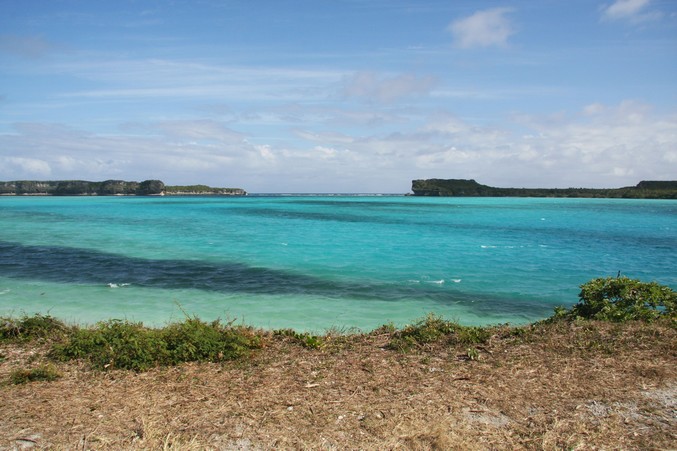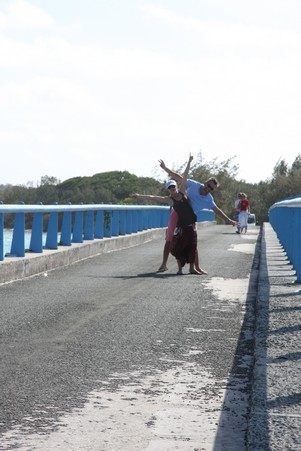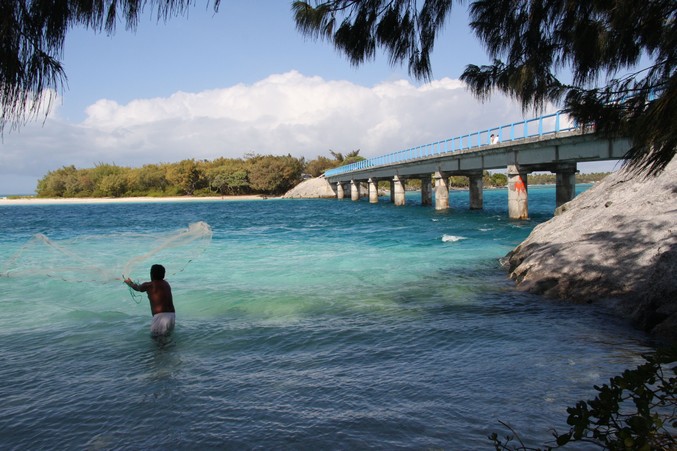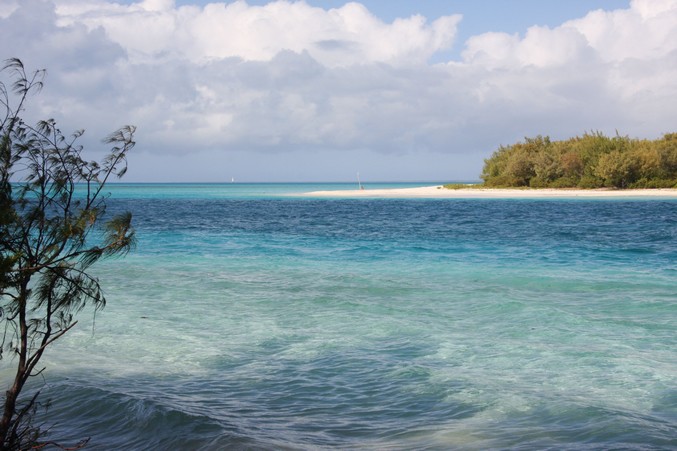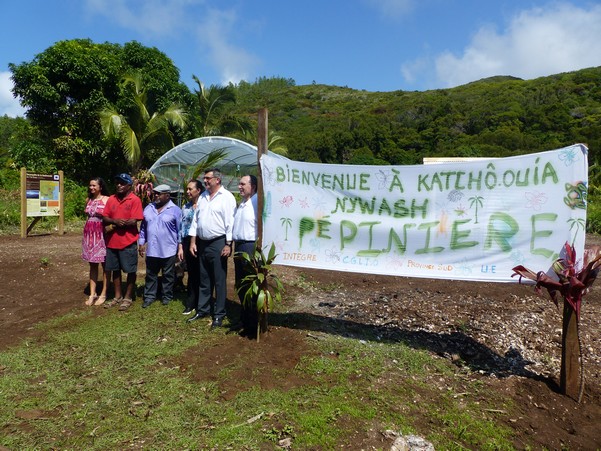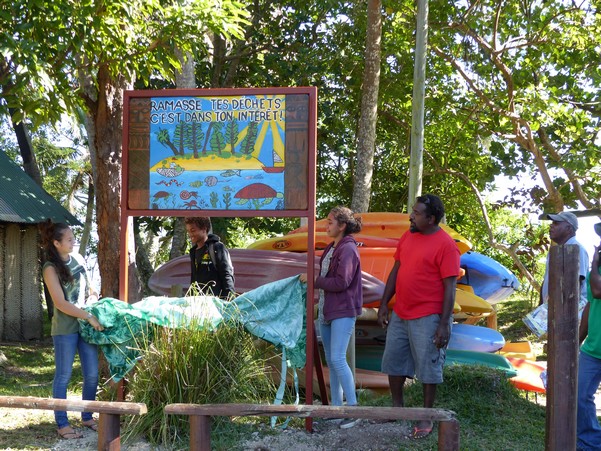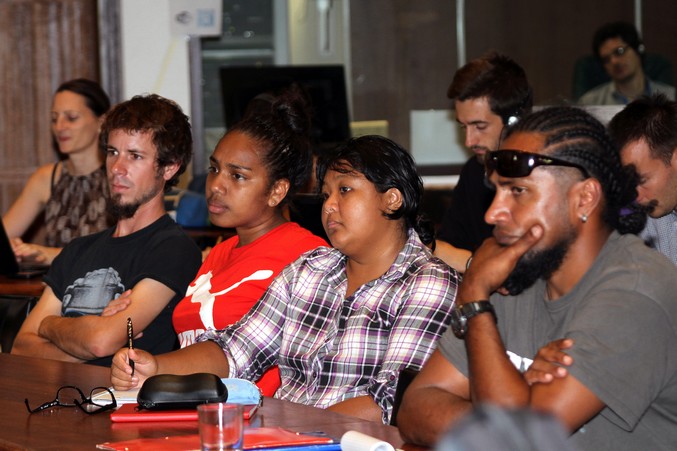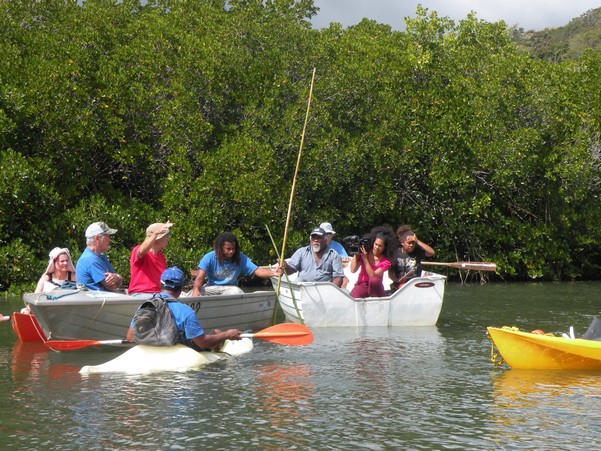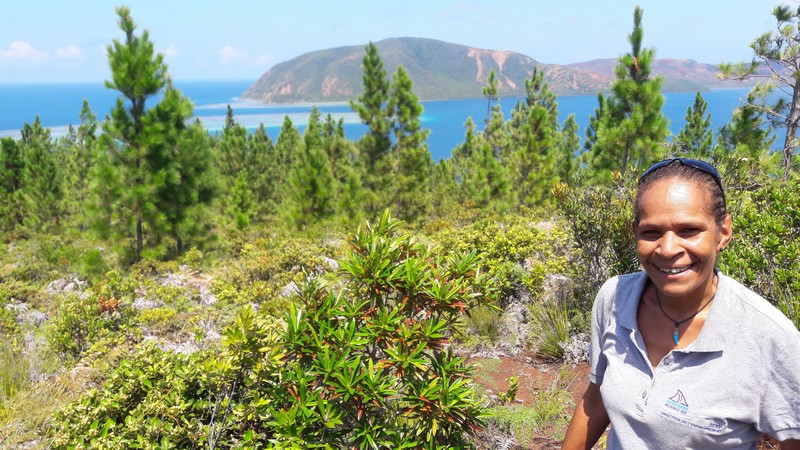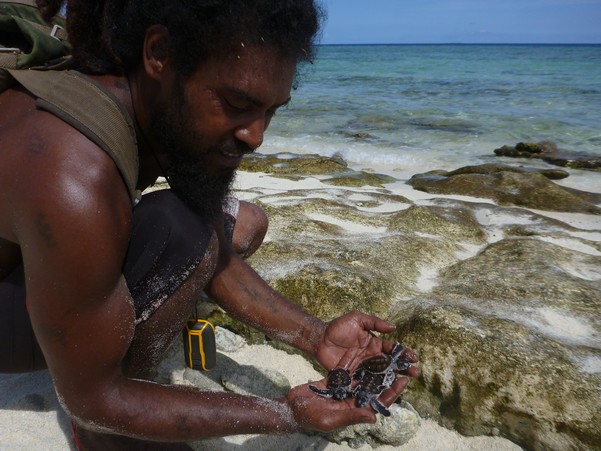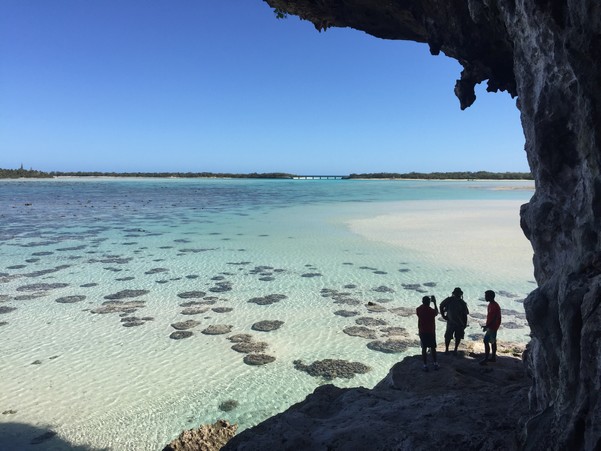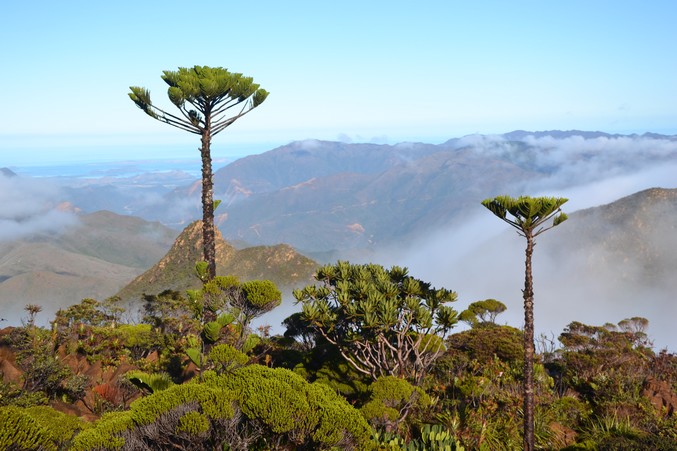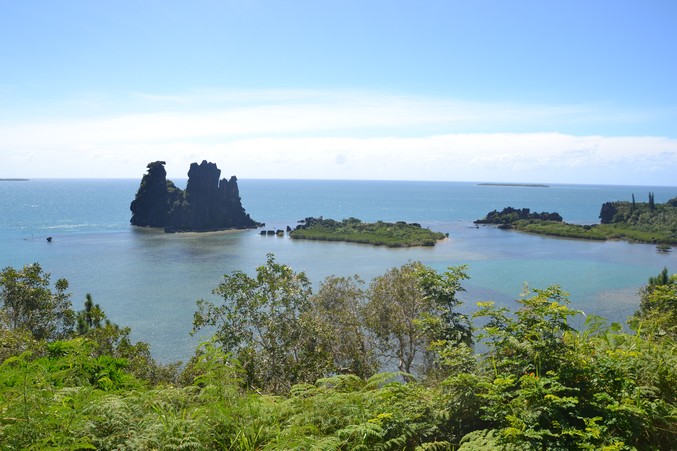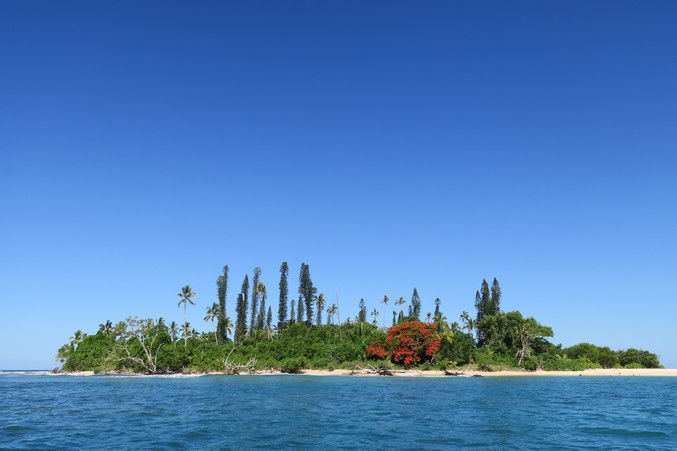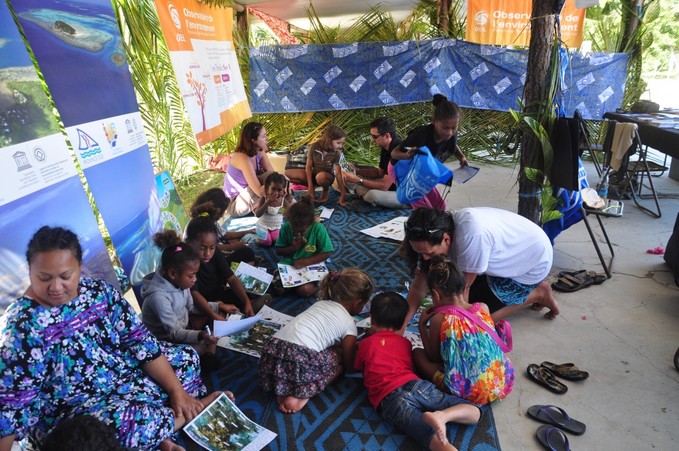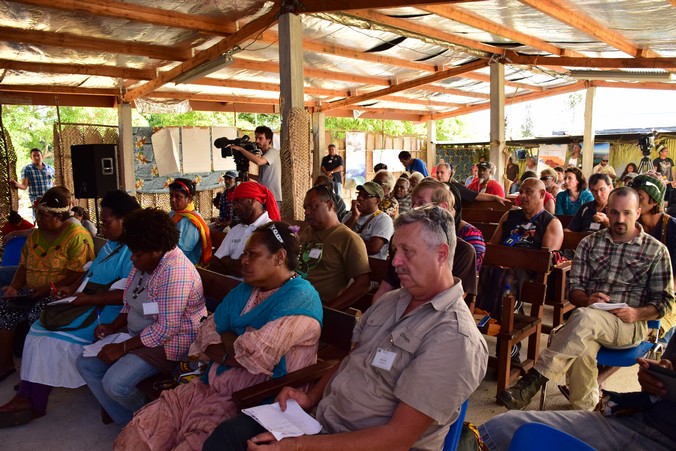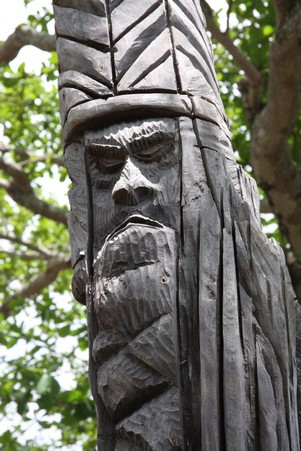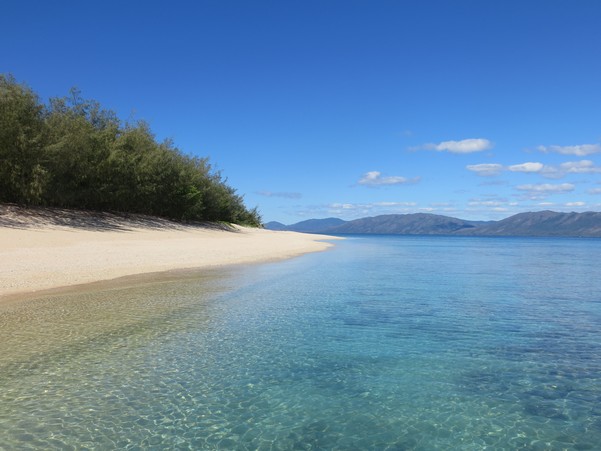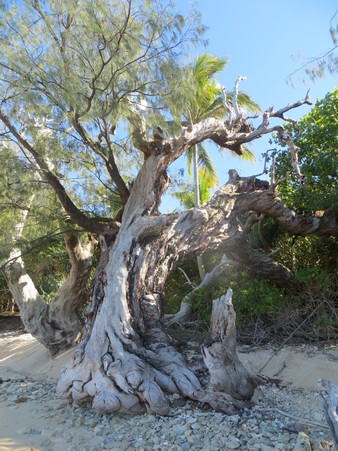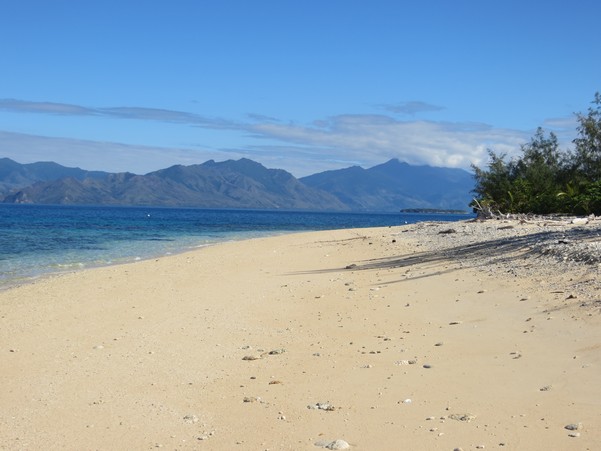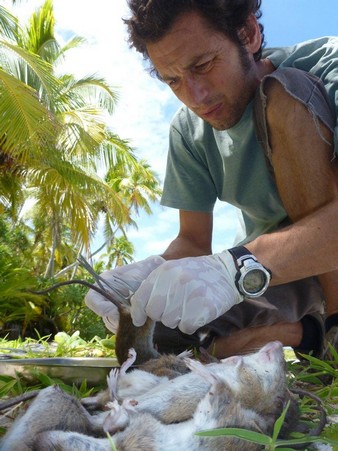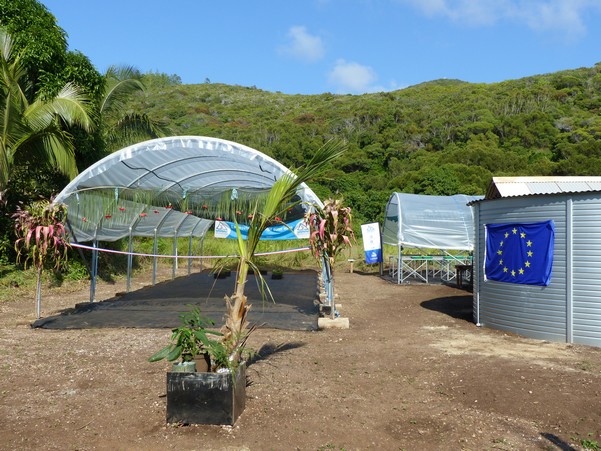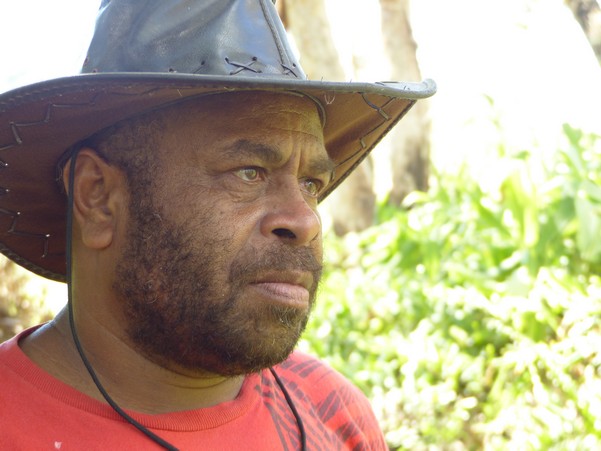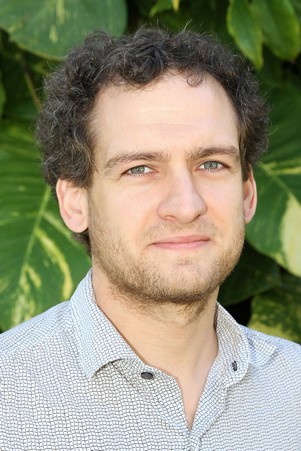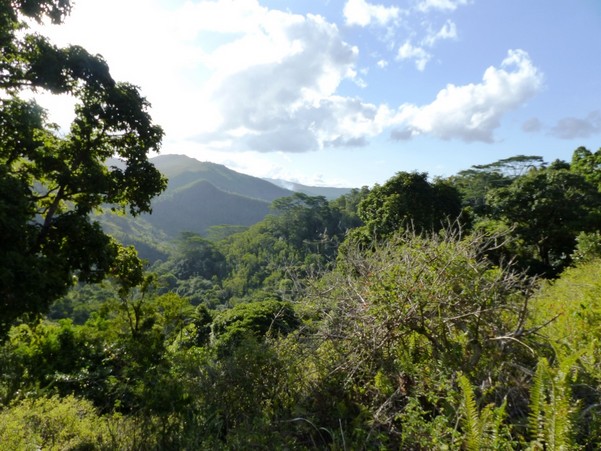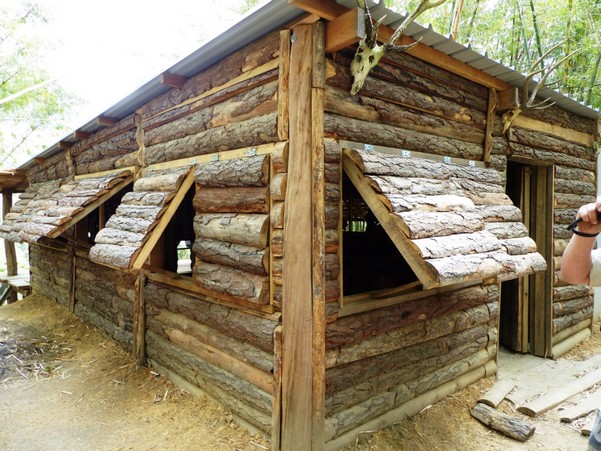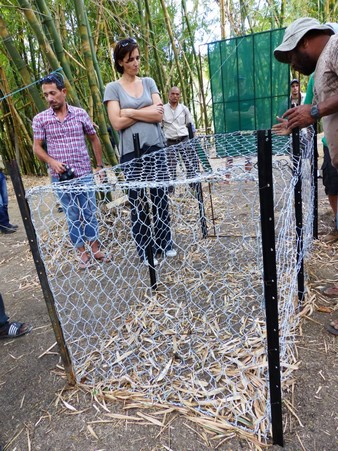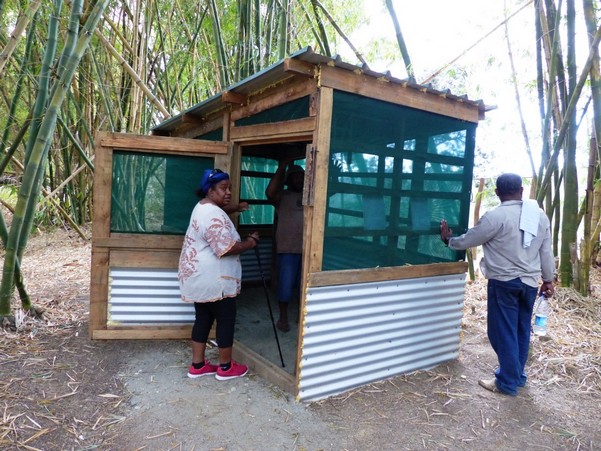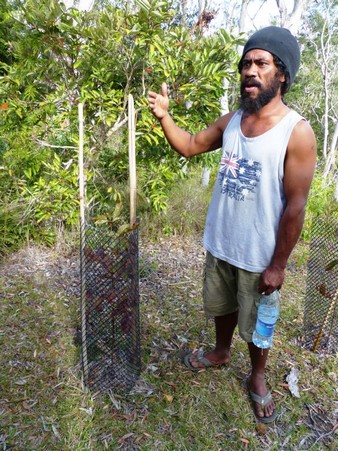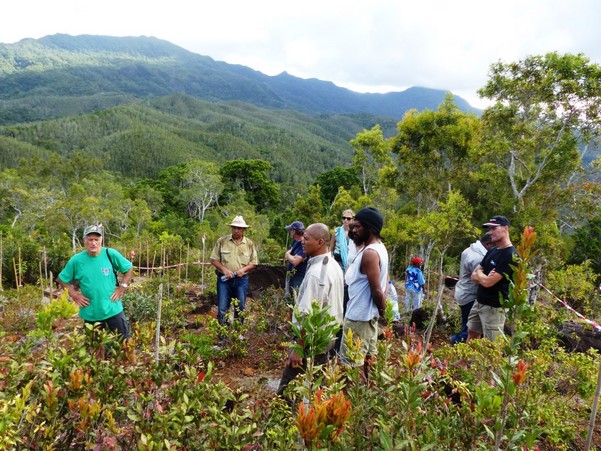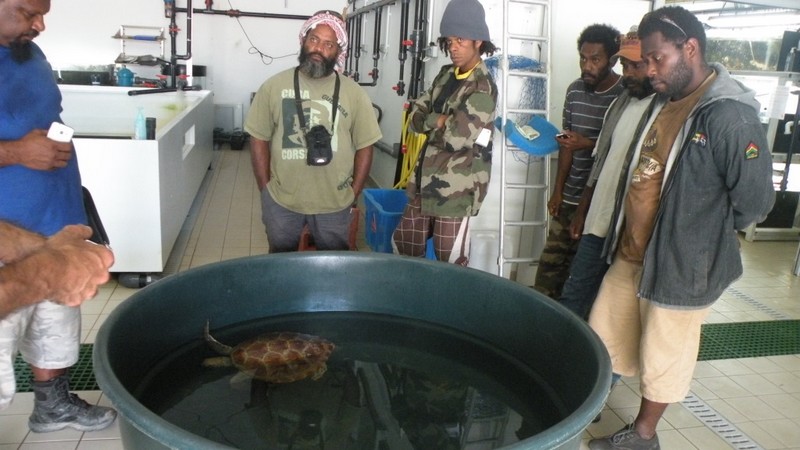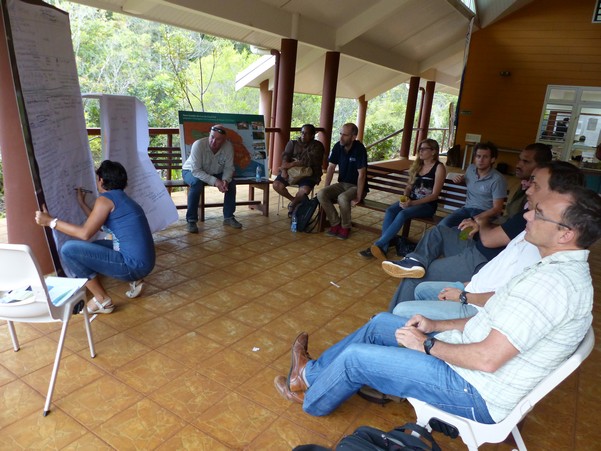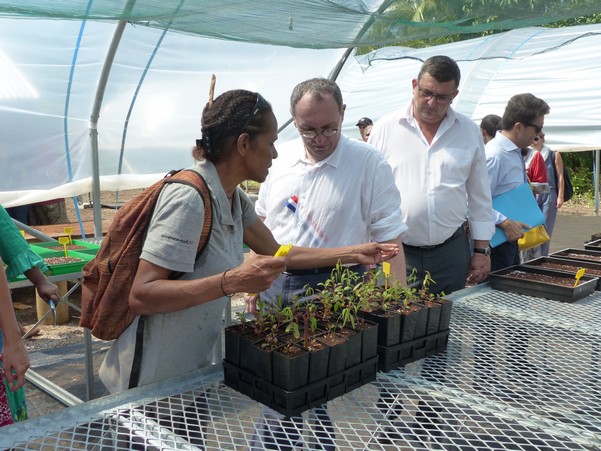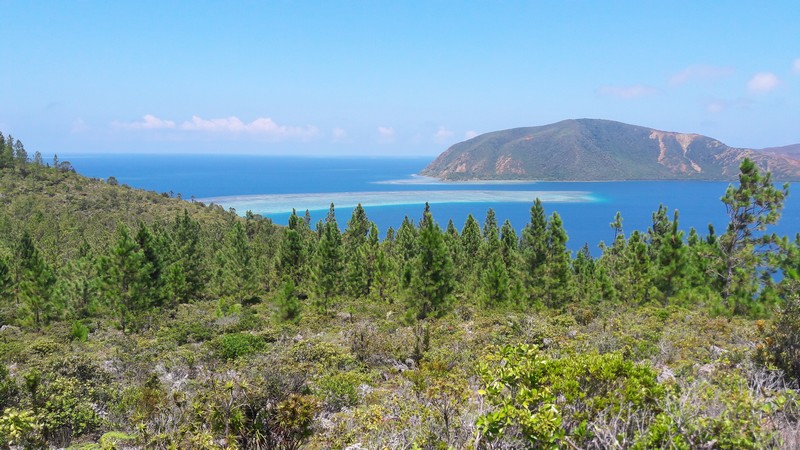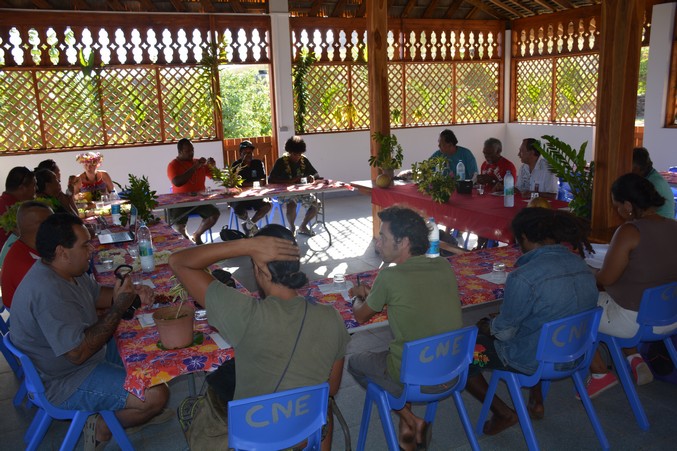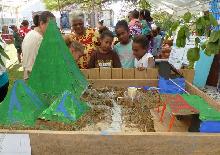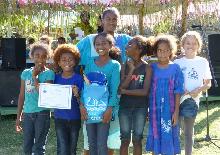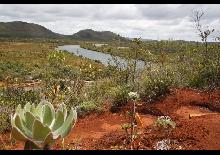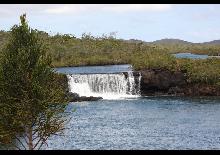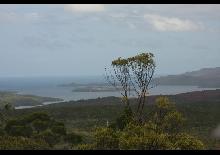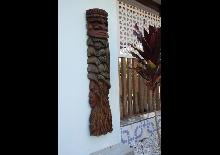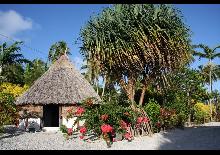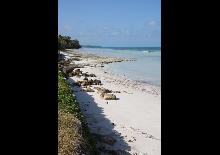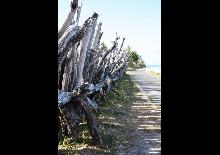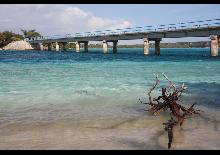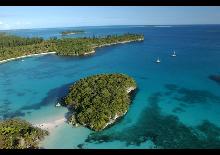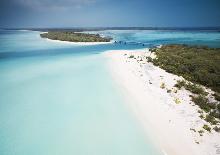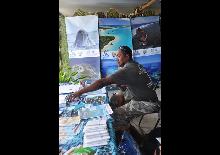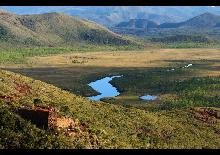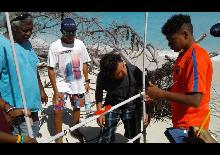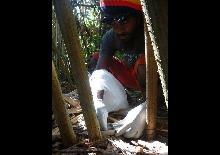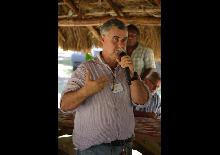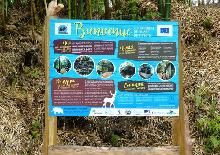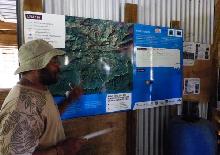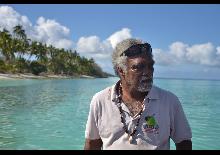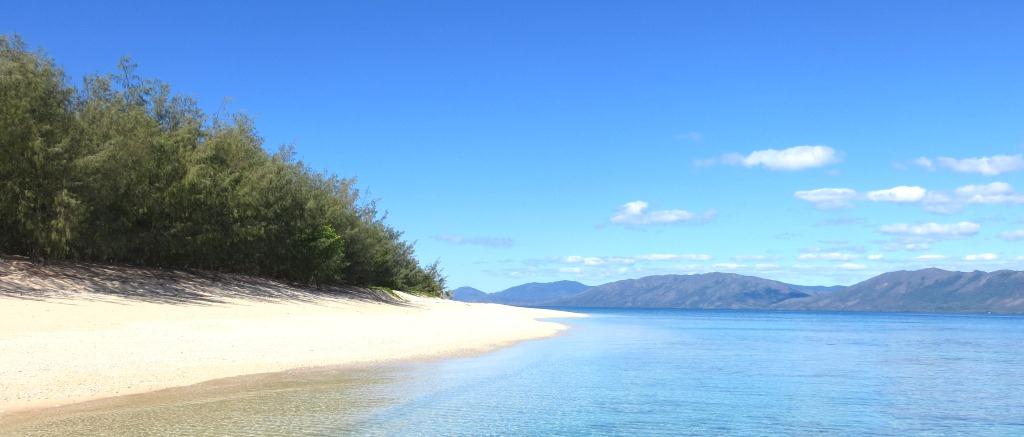
INTEGRE Project was working towards the following objectives :
- Maintain the integrity of UNESCO World-Heritage-listed sites
- Give fresh impetus to the participatory management process and involve local stakeholders more effectively
- Help sustainably manage the sites and control human-induced threats
On the site of North-East Coast, the balance of the activities is the following one :
- NC - C2N1 : Strengthening participatory management of the lagoon at the ZCNE level and networking of management committees

In the ZCNE, the management of World Heritage lagoons is based on a participatory approach conducted at the commune level. Management committees are mobilized during the reflection and decision-making phases, and associations have been created around volunteers ready to get involved in concrete management actions.
Faced with the requested investment and the lack of local capacity, local animators are recruited from the associations. When writing the INTEGRE project, the context and the evolution of animation in the management associations of the ZCNE had been envisaged with a "rise in power" between 2015 and 2017 everywhere in this zone.
Each management association (MA) should have a facilitator and coordination should facilitate support for skills development, in particular by networking these facilitators. With the context of reduced public spending in the North Province, which until now has been the main funder of MAs and their leaders, this global scheme of associative dynamics is not in place today. All MAs wish to have a facilitator with them. Most are aware that they must seek funding elsewhere to maintain or consider animation positions, but few are able to do so.
The animation of the MA Pöpwadene, Hô-üt and Kaa Porau allowed these associations to evolve positively towards more autonomy and competences, and a beginning of network work. As regards the other management associations AMP and PM of the ZCNE, Hyabe-Lé Jao (Pweevo (Pouébo), PM of Ouégoa and Mala waag î hulili malep (Pum (Poum)), the associative dynamics are very weak or in stand-by.
Today, the North Province is re-questioning this system (by relying on the methodological work carried out within the framework of INTEGRE) which requires a very important investment on the part of its agents for a result which it considers long to perceive. In fact, at the beginning of 2018, only two facilitators are in place, and only two communes have a validated integrated management plan (in progress for Poum and Ouégoa), far from the objectives set at the beginning of the project. Furthermore, the post of coordinator will not be renewed and her tasks have been distributed among the staff already in place.
For more details, consulte Activity statement : NC - C2.N1 Renforcement de la gestion participative du lagon à échelle de la ZCNE et mise en reseau des comités de gestion
- NC - C2N2 : Support for the implementation of the integrated management plan in Poindimié
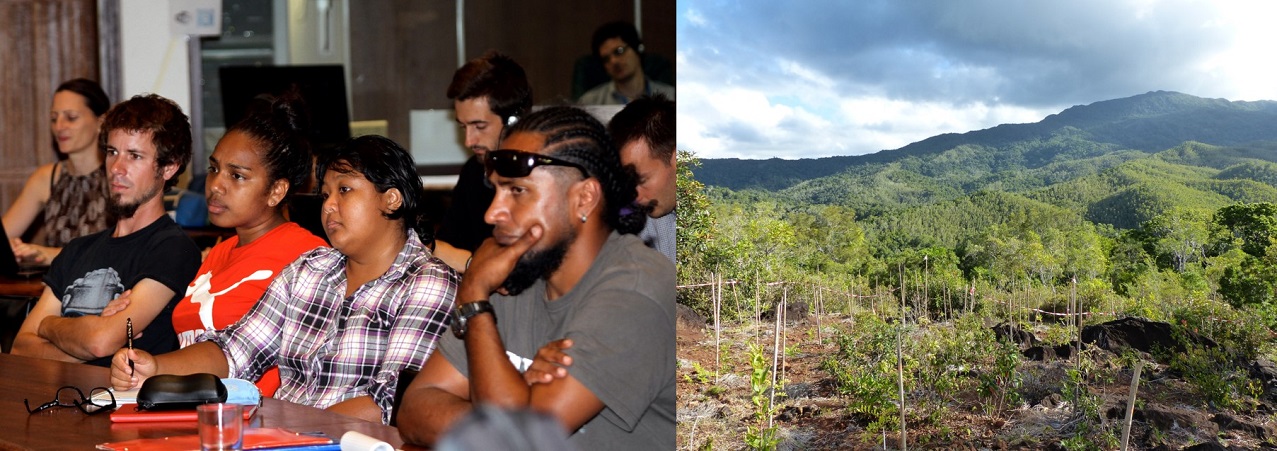
It is difficult to evaluate the results of this mechanism, because the concrete activities mobilizing a part of the population of Poindimié have difficulty to emerge. This is consistent with the initial situation: a young association and a rather weak local initial mobilization in favour of the environment.
However, the two facilitators had difficulty relying on the members of their association both to help them mobilize the population and in the administration of the association itself (accounting monitoring in particular). Only a few members really get involved when they have very specific projects (mangrove, restoration of burnt sites with pinus control).
The organisation of the association's action plan, which follows a very dense management plan, does not seem to be the most suitable tool for mobilising either.
However, the province renewed its support to continue funding the facilitator position in 2018 and the association was awarded a Nickel Award initiative to fund their projects.
For more details, consulte Activity statement : NC - C2.N2 Appui à la mise en oeuvre du plan de gestion integrée à Poindimie
- NC - C2N3 : Collection and treatment of end-of-life vehicles and wrecks
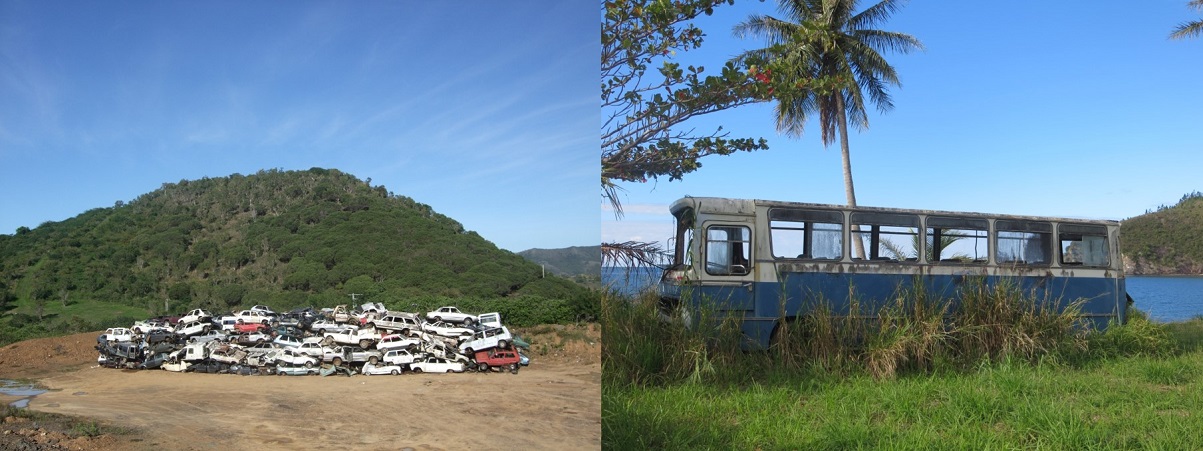
This very concrete operation makes it possible to mobilize and sensitize local people to the preservation of their environment. Historical stocks of ELV are particularly important in New Caledonia and are a proven source of pollution. Their removal is accompanied by the establishment of a regulatory and sustainable treatment chain.
However, there are many technical difficulties in conducting this type of operation :
The completion of an ELV inventory is a time-consuming step due to the territories to be covered and the accuracy of the information to be collected. Thus within the framework of a participative and integrated operation, this requires information / training of the people who must participate.
Identifying ELV owners and obtaining their consent can be difficult.
Finding service providers ready to intervene in these remote areas of Nouméa for a reasonable price can be complicated (little or no competition on the territory).
For more details, consulte Activity statement : NC - C2.N3 Collecte et traitement des véhicules hors d'usage et épaves
- NC - C2N4 : Protection and forest restoration of the catchment area of a drinking water supply system in the commune of Touho
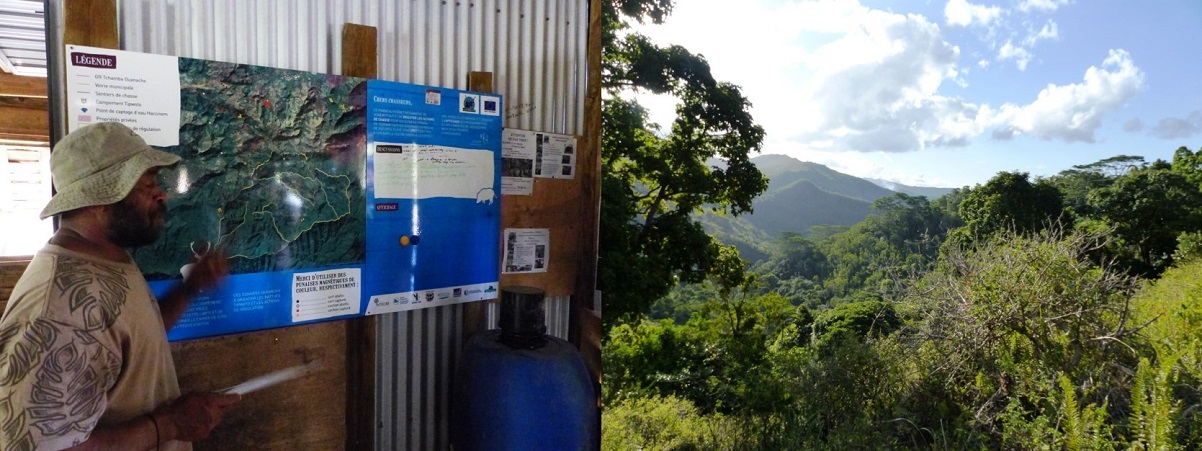
This experience is a success and, without a doubt, a model to replicate in New Caledonia. To guarantee its long-term sustainability, the North Province will have to continue its commitment to local actors for technical and financial support. It made a moral commitment to do so.
To provide a more sustainable solution to the overpopulation of deer and pigs in New Caledonia, the marketing of bushmeat could be an effective solution. Let us hope that the current study on this subject within the framework of RESCCUE will make it possible to remove the regulatory and political obstacles to this solution.
Finally, the question of the regulation of deer and pigs is one of the priorities adopted under the 11th regional EDF. Provinces must propose pilot sites to conduct the project. It would be relevant to continue on Touho to ensure sustainability and capitalize on this successful experience.
For more details, consulte Activity statement : NC - C2.N4 Protection et restauration forestière du bassin versant d'un captage d'adduction potable sur la commune de Touho


